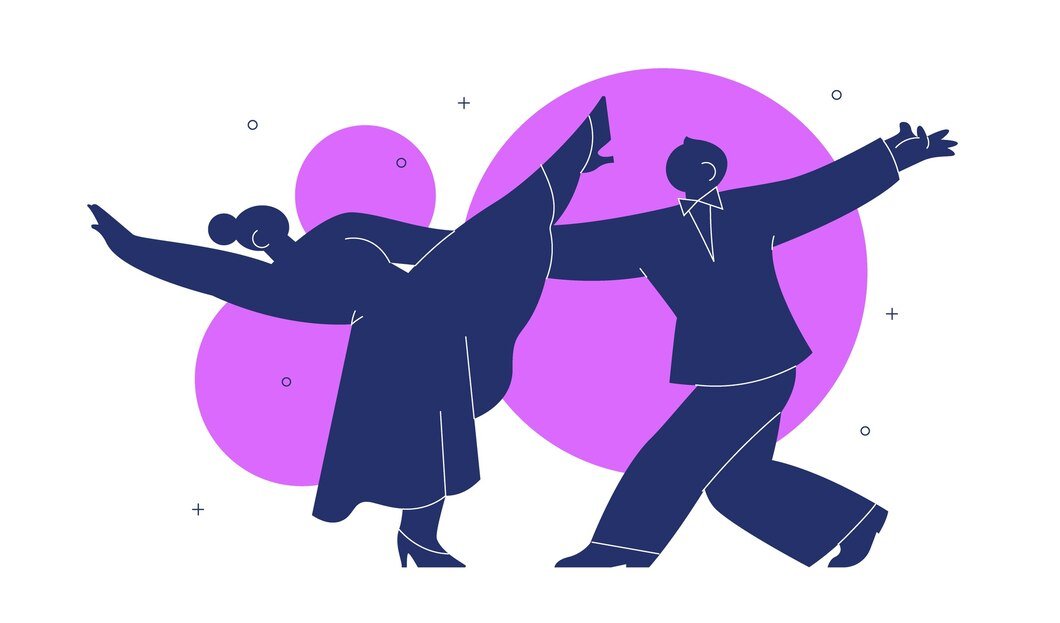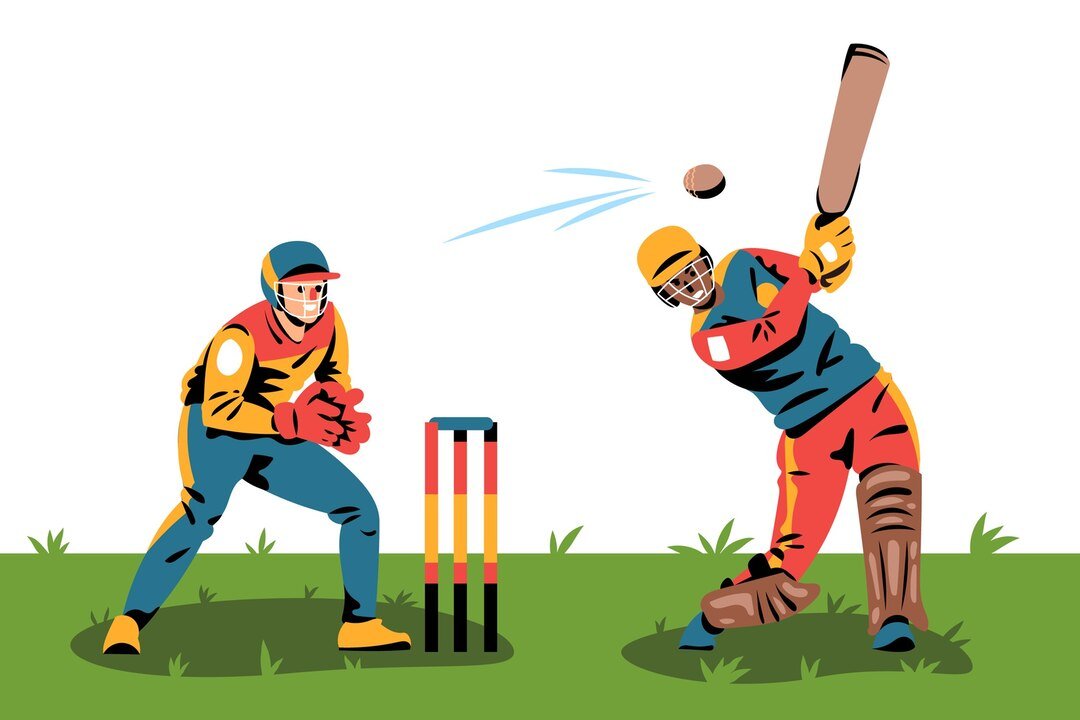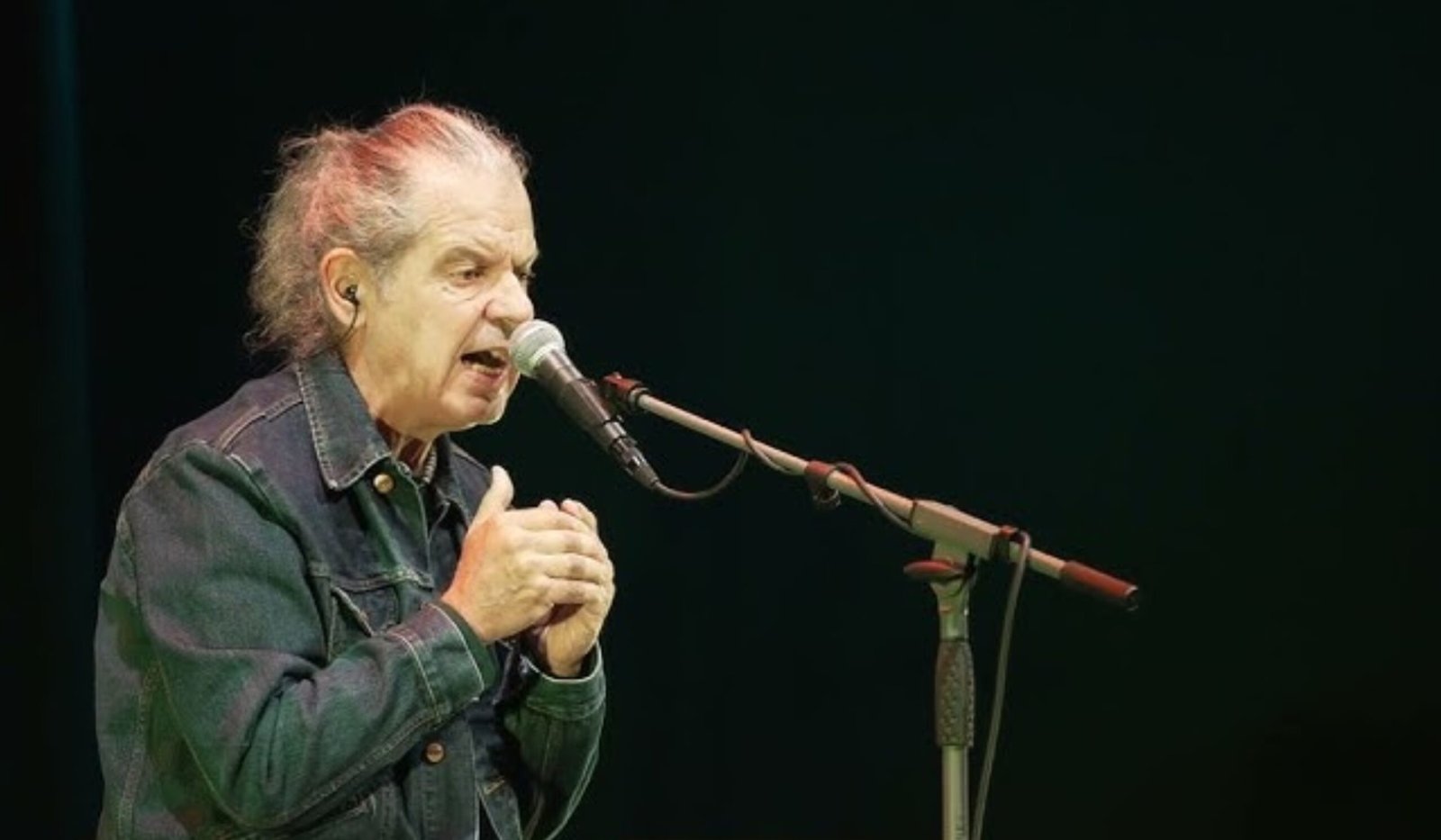Pulsamento, derived from the Spanish word “pulsar” meaning “to pulse,” encompasses the essence of rhythm and beat that resonates through various aspects of life. From music to dance, and even in our physiological rhythms, pulsamento is a fundamental force that influences our experiences and interactions with the world around us.
1. Introduction to Pulsamento
Pulsamento refers to the rhythmic pulsing or beating that underlies music, dance, and even our biological processes. It is the heartbeat of life, manifesting in various forms and expressions across cultures and disciplines.
2. The Science Behind Pulsamento
Understanding Rhythm and Beats
Rhythm is inherent in nature, from the cyclic patterns of day and night to the ebb and flow of ocean tides. Beats, on the other hand, are the regular pulses that define rhythm, providing a sense of structure and coherence.
Physiology of Pulsamento
In humans, pulsamento is evident in the rhythmic contractions of the heart, the synchronized firing of neurons in the brain, and the cyclic patterns of breathing. These physiological rhythms are essential for maintaining homeostasis and regulating bodily functions.
3. History and Cultural Significance
Origins of Pulsamento
The origins of pulsamento can be traced back to ancient civilizations, where rhythmic drumming and chanting were integral parts of rituals and ceremonies. These early forms of musical expression laid the foundation for the development of complex rhythmic structures in various cultures.
Pulsamento in Different Cultures
Pulsamento manifests differently across cultures, from the syncopated rhythms of African drumming to the intricate patterns of Indian classical music. Each culture has its unique interpretation of pulsamento, reflecting its history, values, and social dynamics.
4. Pulsamento in Music and Dance
Pulsamento in Latin Music
Latin music, characterized by its infectious rhythms and lively melodies, is infused with pulsamento. From the salsa beats of Cuba to the samba rhythms of Brazil, pulsamento is the driving force behind the irresistible grooves that compel people to dance.
Incorporating Pulsamento in Dance
Dance is a physical expression of pulsamento, as dancers move in sync with the rhythm of the music, tapping into the primal energy that pulsates within them. Whether it’s the sensual movements of tango or the dynamic footwork of hip-hop, pulsamento infuses dance with vitality and passion.
5. Benefits of Pulsamento
Physical Benefits
Engaging with pulsamento through music and dance offers numerous physical benefits, including improved cardiovascular health, enhanced coordination, and increased stamina. The rhythmic movements stimulate the body and promote overall well-being.
Mental and Emotional Benefits
Pulsamento also has profound effects on mental and emotional health, reducing stress, anxiety, and depression. The rhythmic patterns synchronize brainwaves, inducing a state of relaxation and inner harmony. Additionally, the communal aspect of music and dance fosters social connection and a sense of belonging.
6. How to Incorporate Pulsamento into Your Life
Music and Dance Classes
One way to embrace pulsamento is by taking music and dance classes that focus on rhythm and beat. Whether it’s learning to play an instrument or mastering new dance steps, these activities provide an outlet for creative expression and self-discovery.
Mindful Practices
Incorporating pulsamento into daily life can be as simple as practicing mindful breathing or tapping along to your favorite song. By attuning yourself to the rhythmic pulse of the world around you, you can cultivate a deeper sense of presence and awareness.
7. Conclusion
Pulsamento transcends boundaries, uniting people across cultures and generations through the universal language of rhythm and beat. By embracing pulsamento in its various forms, we can tap into the innate vitality that pulses within us, enriching our lives with passion, creativity, and connection.
Unique FAQs
1. What is the difference between rhythm and beat?
- Rhythm refers to the overall pattern of movement or sound, while beat specifically refers to the regular pulse or accent within that pattern.
2. How does pulsamento affect our mood?
- Pulsamento has a profound impact on our mood by influencing our physiological responses and triggering emotional resonance with the music or rhythm we engage with.
3. Can anyone learn to dance to pulsamento?
- Absolutely! Dance is a universal form of expression, and with practice and dedication, anyone can learn to move in sync with pulsamento.
4. Are there any cultural traditions associated with pulsamento?
- Yes, pulsamento plays a significant role in various cultural traditions, from ceremonial drumming rituals to celebratory dances.
5. How can I incorporate pulsamento into my daily routine?
- You can incorporate pulsamento into your daily routine by listening to rhythmic music, practicing mindful breathing, or participating in dance or movement-based activities.











